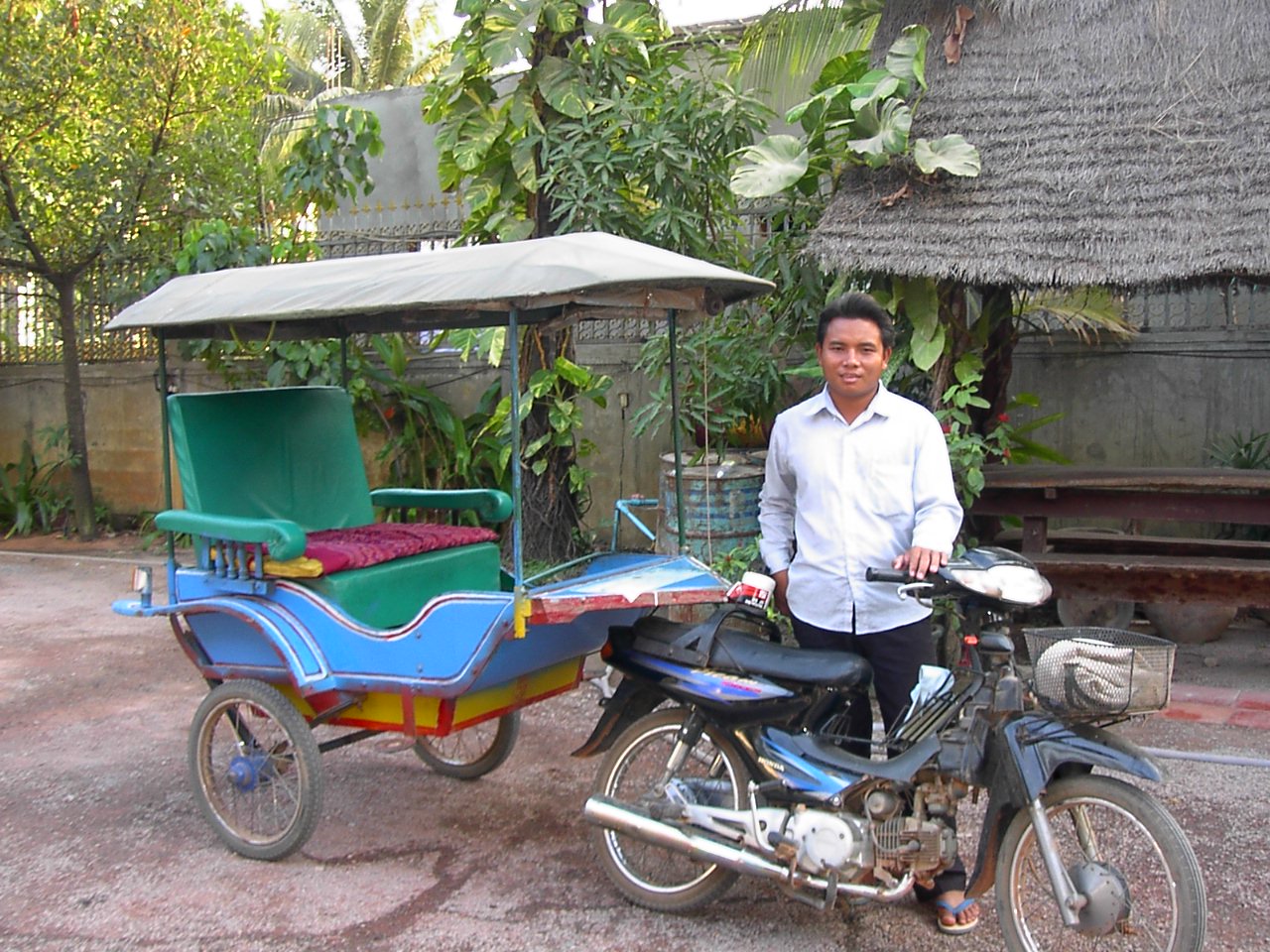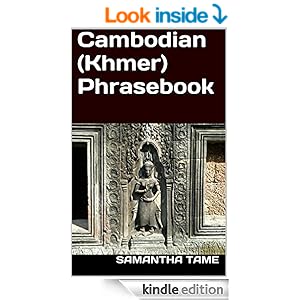1. The sleepy pace of life. There's not that much to do here compared with larger cities. Enthusiasts of yoga, photography or cycling will find enough to do; otherwise most leisure activities revolve around eating and drinking. Some people find that's not stimulating enough, but personally I find it relaxing. I have a fairly light teaching schedule, which allows plenty of time for getting massages, drinking coconuts, reading books, studying Khmer, taking yoga classes, having the best intentions of getting up early to go for a run, a bit of voluntary teaching/tutoring (but not enough - resolution for 2015...) writing for Kindle and having a blogging job on the side.
 |
| Mondulkiri: elephants are available |
3. Rapport with students. Terms at my school are 3 months, and we get a different set of classes each term. This means that with each passing term, I have a growing number of students I used to teach, who greet me with an excited "Hello teacher!" whenever I see them in the corridor. It can be disorienting to get a new set of students every 3 months, but once you've put in the work to break the ice and develop a rapport, the students repay you with loyalty and a sense of belonging to a community.
 |
| This class is awesome. |
5. ...but some things I don't miss at all. Queues in the post office. Christmas hype and the annual 'overcommercialisation' whinge. The M25. Drizzle, fog, frost, hail, de-icing the car. Squabbling over the central heating. Sitting for 8 hours a day in front of the same computer, pretending to be busy to keep your team leader off your case. Rail replacement buses. People banging on about reality TV (are celebrities still getting dunked in vats of bugs in the jungle? I have no idea!). Car tax, car insurance, MOTs, and paying £1.30 for a litre of petrol. The persistent, insidious influence of advertisers and the government trying to tell you what to do.
Overall I'm still happy with my decision to live and work in Cambodia, and don't think I'll leave until something drastic changes. Settling into a new culture has been a challenge but full of nice surprises. I look back on the year with a feeling of contentment, and forward to 2015 with excitement.
Overall I'm still happy with my decision to live and work in Cambodia, and don't think I'll leave until something drastic changes. Settling into a new culture has been a challenge but full of nice surprises. I look back on the year with a feeling of contentment, and forward to 2015 with excitement.










